
UDK: 616.366-002
I.G. Natroshvili1, M.I. Prudkov2
1ФГБОУ ВО «Ставропольский государственный медицинский университет» Министерства здравоохранения Российской Федерации; 2ФГБОУ ВО «Уральский государственный медицинский университет» Министерства здравоохранения Российской Федерации
Common bile duct stones (CBDS) are found in 2,8–19,0 % of patients with acute cholecystitis. The most likely cause of the frequencies’ variety of CBDS detection is a difference in diagnostics. Methods. The multicentric retrospective study was conducted and included 754 patients. All of them had surgery for acute cholecystitis (AC) at 8 hospitals in 4 cities of Russian Federation (Moscow, Yekaterinburg, Volgograd, Kislovodsk) during 1 year period. CBDS were found in 93 (12,3 %) patients. Results. CBDS detection rate was 1,6–20,9 % at different hospitals. We have evaluated different factors that may contribute to such variance in CBDS frequence and have found out that maximum cases (20,9 %) of associated CBDS were detected at the hospital where intra-operative cholangiography (IOC) have been routinely used and interpreted by radiologist. Conclusions. IOC should be widely used in patients operated for acute cholecystitis with interpretation by radiologist. All patients of moderate risk of choledocholythiasis should be undergone IOC in cases of unavailability of a magnetic resonance cholangiopancreatography (MRCP), endoscopic or intra-operative ultrasound.
acute cholecystitis, choledocholithiasis, intra-operative cholangiography, multicenter study.
Натрошвили Илья Гивиевич – к. м. н., заведующий I хирургическим отделением ГБУЗ СК «Кисловодская ГБ», ассистент кафедры хирургии и эндохирургии с курсом сосудистой хирургии и ангиологии, Ставропольский государственный медицинский университет, e-mail: surg